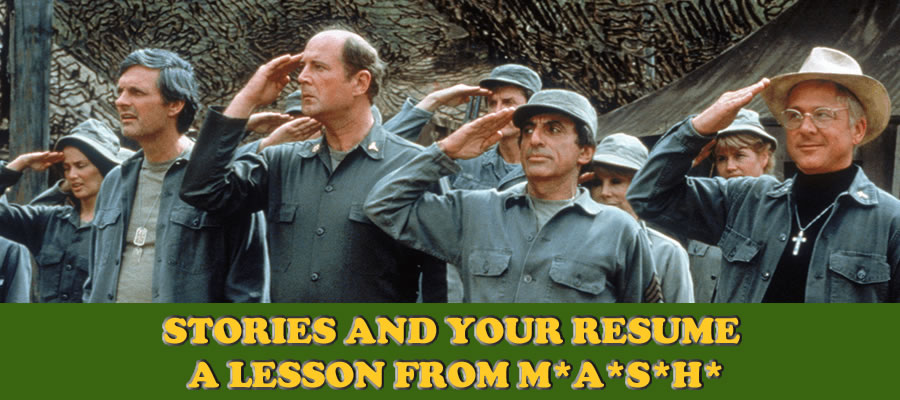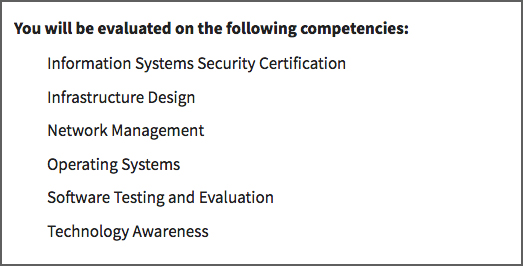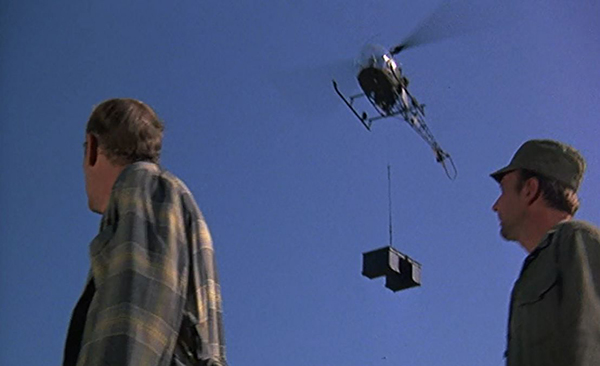
If you took a survey of baby boomers to ask about their all time, favorite television shows, it’s a good bet that M*A*S*H* would show up near the top of the list. You’d hear a few reasons for the choice – the cast (Alan Alda, Loretta Swit, Harry Morgan, and others) was perfect, the characters were seriously funny, and the series addressed important issues. More than that, though, M*A*S*H* scripts were very well-written. Each episode told a compelling and memorable story in the short 22 minute segments that were broadcast (between commercials).
How do stories fit in a resume? Initially, you may not feel comfortable with the idea of resume storytelling in your KSA and federal resume writing. If you were raised in the South, you may have heard your Mama tell say something like, “now boy/girl, don’t you tell me a story!” when she caught you in a slight reconstruction of the truth. Similarly, hyperbole is not a great resume storytelling strategy, but telling the right stories can illustrate factual capabilities and make your career narrative memorable.
The goals for filling an open position aren’t complicated. Decision makers and recruiters want to find a person who will perform well; who is qualified, capable, and motivated to do the work that is required. They work on the principle that past experience is a good indicator of future behavior. A good recruiter will use a behavior-based interview when he assesses the top candidates, framing questions to reveal situational behavior. The stories that candidates tell about their experiences demonstrate their competencies, decision-making style, and their soft skills.
When you include short story narratives in your federal resume, you set the stage for your interview. Even better, the resume storytelling provides anecdotal evidence that you have the qualifications needed to succeed in the position.
Which stories should you tell? If you’re in the midst of your career, you can tell stories about some pinnacle achievements and probably a few near disasters. It’s logical that you’ll want to tell the stories that best illustrate how you’ll succeed in the specific position that you’re targeting. You want to show how your previous experience and behavior meets the criteria for the job. For federal jobs and KSA resume writing, those criteria are described in great detail in the USAJobs.gov descriptions.
Let’s take a look at an open position for a GS-11 Information Technology Specialist at Badlands National Park. If you have a PhD in IT and you want to live in South Dakota, this is the position for you.

Your clues for story content come in a couple of forms. The first is keywords. These are the specific words and short phrases that the agency uses to describe the position. For the IT position, the first keyword phrases are found in the Summary paragraph at the top of the description.

There’s a lot there, in fact:
If you read through the rest of the position description, you’ll note several keywords that are used frequently. These are the words you’ll want to use in your federal resume and in the story narratives that you’ll include. Chances are good that these keywords are also programmed into the applicant tracking software that will make the preliminary sort of candidates. The activities and skills they describe are the most important considerations for the humans who will actually make the hiring decision.
The second clue category is even more specific. Until a few years ago, most federal applications required formal knowledge, skills, and abilities (KSA) essays. These formal statements have mostly been eliminated from federal applications, but KSA requirements are still listed in many position descriptions.
Here are the KSAs listed for our IT Specialist:
Individuals must have IT-related experience demonstrating each of the four competencies: 1) Attention to Detail – Is thorough when performing work and conscientious about attending to detail. 2) Customer Service – Works with clients and customers (that is, any individuals who use or receive the services or products that your work unit produces, including the general public, individuals who work in the agency, other agencies, or organizations outside the Government) to assess their needs, provide information or assistance, resolve their problems, or satisfy their expectations; knows about available products and services; is committed to providing quality products and services. 3) Oral Communication – Expresses information (for example, ideas or facts) to individuals or groups effectively, taking into account the audience and nature of the information (for example, technical, sensitive, controversial); makes clear and convincing oral presentations; listens to others, attends to nonverbal cues, and responds appropriately. 4) Problem Solving – Identifies problems; determines accuracy and relevance of information; uses sound judgment to generate and evaluate alternatives, and to make recommendations.
When we dig further into the description, we find specific requirements. Under a section entitled “How You Will Be Evaluated,” there’s a list of six competencies:

Figuring out the most important topics and keywords to use in your federal job application isn’t particularly difficult. Blending your stories into the application and resume storytelling in a way that is compelling and memorable can be more challenging. CareerPro Global’s Master Resume Writers have learned to compress stories into “mini-KSA” statements using a format we call CCAR. CCAR stands for challenge, context, action, and results. To learn a little more about CCAR stories, let’s go back to M*A*S*H*.

In the second episode of the series, Hawkeye and Trapper John are faced with a challenge. Black marketers have stolen the hydrocortisone needed by the 4077 unit. For additional context, there’s no possibility of a repeat shipment from I-Corps, but the black marketers are willing to trade for something of value – Commander Henry Burns’ prized oak desk. Hawkeye and Trapper arrange for quick, if unorthodox, action. They take down a wall and extract the desk with a helicopter. The result is positive as hydrocortisone arrives for the wounded patients of the 4077th.
It makes a good story, doesn’t it? In a similar way, we can tell a story that uses CCAR to illustrate qualifications for the Customer Service competency required for the IT position:
As a network administrator for the DNR, responsibility included a visitor center staffed by older volunteers. Downtime and minor difficulties at this location consumed excessive resource time, largely due to limited computer literacy among the volunteer staff. I initiated a “computer driving school” on Saturday mornings at the visitor center and found that many of the volunteers were eager to learn. Some became adept at troubleshooting, and issues at the center were reduced by 60%.
The story is simple and short. Resume storytelling can be “blended in” to the employment history section of the application. It illustrates a relevant previous accomplishment and indicates the character of the candidate’s approach to the customer service KSA requirement. Finally, the story is memorable – it adds some color to the federal resume and sets the stage for an interview question or response.
You’ve collected some fascinating stories over the years. They provide a colorful backdrop to your career and they will make a positive impression that sets your resume apart from the competition. But maybe you find it difficult to write them or to blend them into your resume in a way that flows naturally and still meets the stringent formatting requirements for a federal resume.
That’s where the Master Federal Resume Writers at CareerPro Global can help. Every day, we work with our great clients to prepare federal resumes that target great positions at every agency. We can assist you to develop a content-rich, custom resume that presents your stories as compelling evidence that you’re a top choice for the job. Ready to get started? We hope you’ll get in touch today.
Image Credits – Copyright information unavailable. Forgiveness requested in lieu of permission.